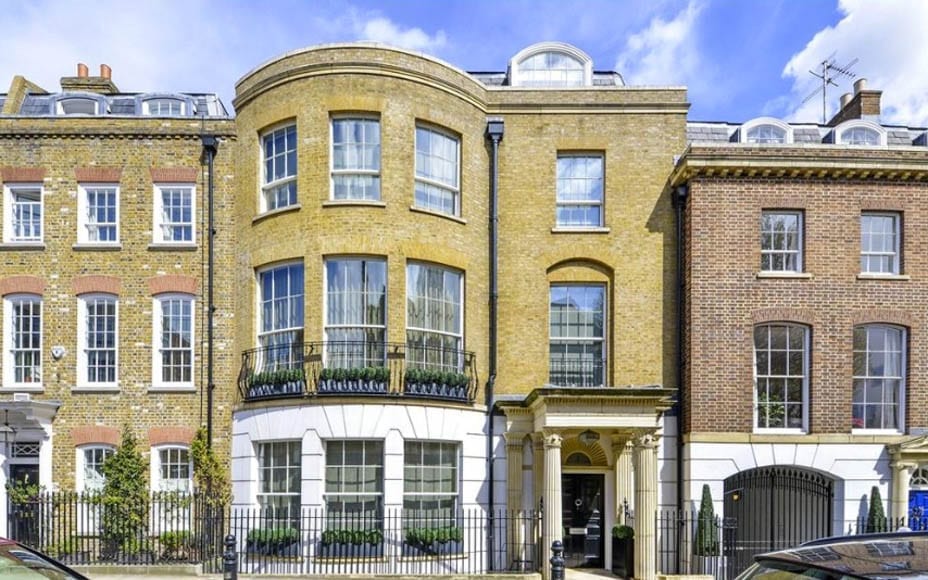Sales of super-prime properties in the UK fall by 86%
Yesterday, the property group London Central Portfolio released data that showed that sales of £10 million-plus properties in the UK had fallen 86% over the past year.
Blaming hefty Stamp Duty increases and Brexit uncertainty, the firm reported that just 5 “super-prime” properties had changed hands between June and August compared to a recorded 35 a year earlier. All of the sales in the period this year were in Central London whilst such properties accounted for just 30% of the figure in the year previous.
Top-end developers, whose sales accounted for 23% of the figure in 2015, were especially affected. They made zero sales in this price bracket in the period and now, according to Naomi Heaton, CEO of LCP, they are reworking their developments to create smaller, cheaper units.
Of this, Ms Heaton commented:
“Many [developers are] looking to divide large, high-priced property into smaller flats to increase their attractiveness”.
Examples given by LCP include Clivedale’s Hanover Square development – where the scheme is being reworked to create four times as many units – and Citygrove Securities PLC and McClaren Properties’ The Clearings development in Chelsea’s Milner Street – where seven townhouses will be replaced with smaller properties.
Speaking more generally, Ms Heaton – who predicts the consequences of this development will be a £45 million fall in Stamp Duty receipts to the government – added:
“This slowdown in the luxury property market—a big contributor for the Exchequer and UK economy—is very concerning. As the government faces the daunting task of negotiating Brexit together with a potential slowdown in the UK economy, it should consider its strategy on residential-property taxation carefully to ensure it meets its objectives of increasing revenues”.
Stamp Duty on a £6 million property was £420,000 under the old system; it is now £633,750. On a £2 million property it was £100,000; it’s now £153,750 whilst in addition buyers of second homes and investment properties now have to pay an additional 3% surcharge also.
